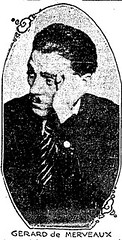April 12, 1927
Los Angeles
Ah, Spring! The time when a man’s thoughts turn to trading in his bride for a younger model, and a woman considers murder. Let’s see what’s happening in the family courts today.
Juanita Fletcher Crosland was granted a divorce from her film director hubby (Frederic) Alan Crosland (The Jazz Singer) on grounds of cruelty and intemperance–she claimed he would stay out until 4am for weeks at a time, and then scream vile, drunken epithets on his return. The couple married in 1917, and resided at 626 North Palm Drive, Beverly Hills. Frederic is keeping the Palm Drive home and a car, while Juanita walks with $500/week alimony, property in Westchester N.Y. and a promise that Frederic Junior’s college bills will be paid. (Gaze into the crystal to see where Alan Crosland is today.)
Helen Griffith has been freed of her Oran after telling Judge Summerfield that Oran’s language was so foul, the neighborhood ladies slammed their windows and pulled their children inside when he was strolling, and sometimes called the cops.
And in Highland Park, Judson Studios patriarch William Lees Judson, 84, sought to be severed from Ruth Seffern (or Suffern) Judson, described in court as a virago who rented rooms in the family manse to liquor sellers, and who was so abusive to William’s students that he was compelled to shut his College of Fine Arts (part of the University of Southern California, founded in 1901). William, who came to California for his health in 1893, would die in October 1928 in his Highland Park Studio, which continues to be run as a family stained glass operation and art gallery today.

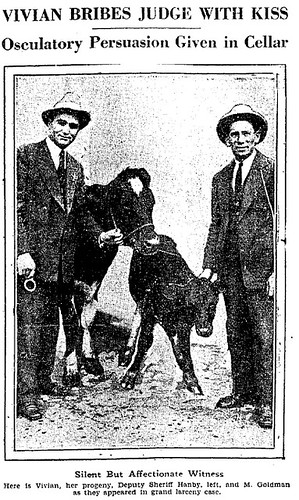 Accused of stealing four cows from Lancaster rancher J.L. Armstrong, Percy Sweet, Samuel Thomason, and Chalice Thomason first came to trial early in 1927. Due to some uncertainty about the physical appearance of the stolen cows, however, the jury was unable to reach a verdict for the suspected cattle rustlers.
Accused of stealing four cows from Lancaster rancher J.L. Armstrong, Percy Sweet, Samuel Thomason, and Chalice Thomason first came to trial early in 1927. Due to some uncertainty about the physical appearance of the stolen cows, however, the jury was unable to reach a verdict for the suspected cattle rustlers. 
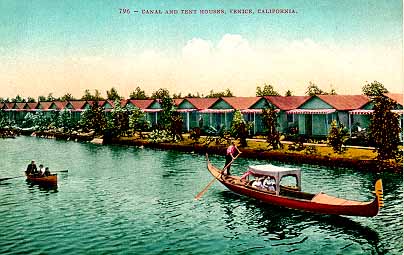




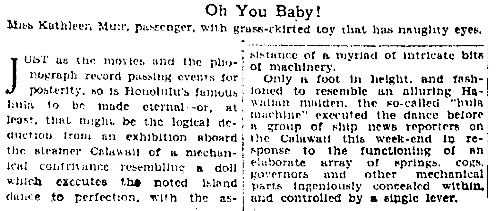

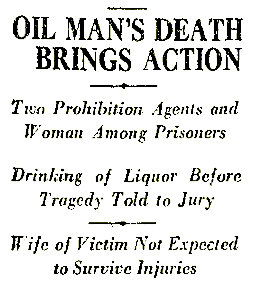

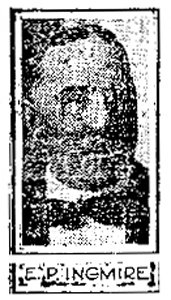 Normally, drunken vehicular homicides under the auspices of Volstead-Feds get swept under the rug, but unfortunately Ingmire was former president of the
Normally, drunken vehicular homicides under the auspices of Volstead-Feds get swept under the rug, but unfortunately Ingmire was former president of the 

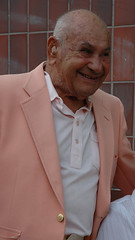 But enough about crime. Please join us, gentle reader, in wishing a most joyous 95th birthday to the beaming gentleman at left, Mr. Harry Cooper, my grandpa. Born in Philly in 1912, he served in Havai’i (as he pronounces it) during the early 1930s where he saved a fellow soldier from a riptide, came out to LA and drove a pickle truck, met and wooed my grandma Barbara on the tennis courts, and together they briefly ran a chicken ranch, then were for many years in the discount shoe business at the Beverly Bootery, a shop located where the El Coyote parking lot is today. Harry is a gentle fellow with a passion for tinkering in his garage workshop (ask him about his moss topiary projects or the steering wheel shelf he made so he can read National Geographics in the car while Barbara is shopping), odd scientific and natural history facts, golfing and exotic foods. Here’s wishing a perfect day to a lovely fellow!
But enough about crime. Please join us, gentle reader, in wishing a most joyous 95th birthday to the beaming gentleman at left, Mr. Harry Cooper, my grandpa. Born in Philly in 1912, he served in Havai’i (as he pronounces it) during the early 1930s where he saved a fellow soldier from a riptide, came out to LA and drove a pickle truck, met and wooed my grandma Barbara on the tennis courts, and together they briefly ran a chicken ranch, then were for many years in the discount shoe business at the Beverly Bootery, a shop located where the El Coyote parking lot is today. Harry is a gentle fellow with a passion for tinkering in his garage workshop (ask him about his moss topiary projects or the steering wheel shelf he made so he can read National Geographics in the car while Barbara is shopping), odd scientific and natural history facts, golfing and exotic foods. Here’s wishing a perfect day to a lovely fellow! 


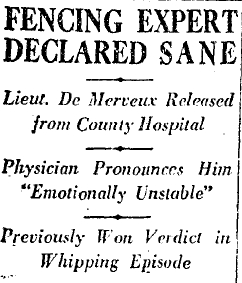 Today, fencing master and underwear salesman Lt. Gerard De Mereux was vindicated for the second time in the space of a week. Last week, De Mereux was awarded $500 in damages in a suit against Hollywood director J. Stuart Blackton, who was accused of beating De Mereux with a horsewhip. De Mereux had been living as a guest in Blackton’s home, giving fencing and corrective gymnastics lessons to Blackton’s daughters.
Today, fencing master and underwear salesman Lt. Gerard De Mereux was vindicated for the second time in the space of a week. Last week, De Mereux was awarded $500 in damages in a suit against Hollywood director J. Stuart Blackton, who was accused of beating De Mereux with a horsewhip. De Mereux had been living as a guest in Blackton’s home, giving fencing and corrective gymnastics lessons to Blackton’s daughters.